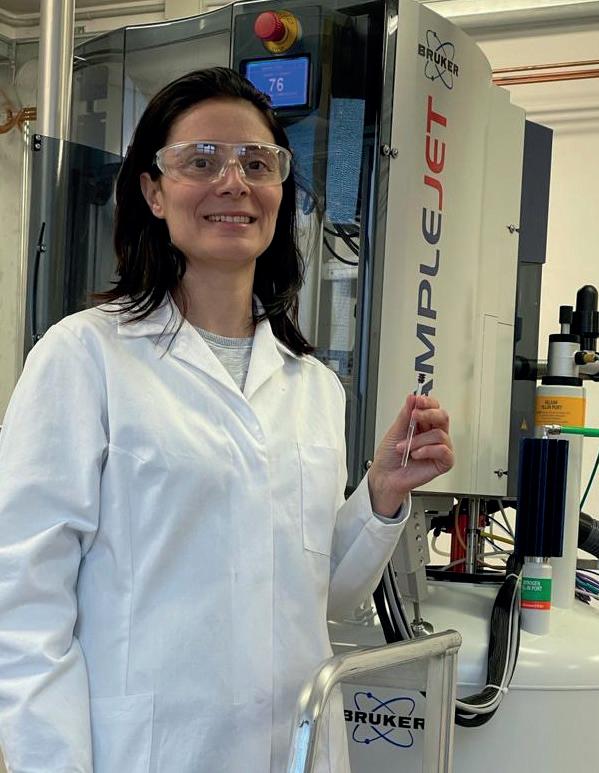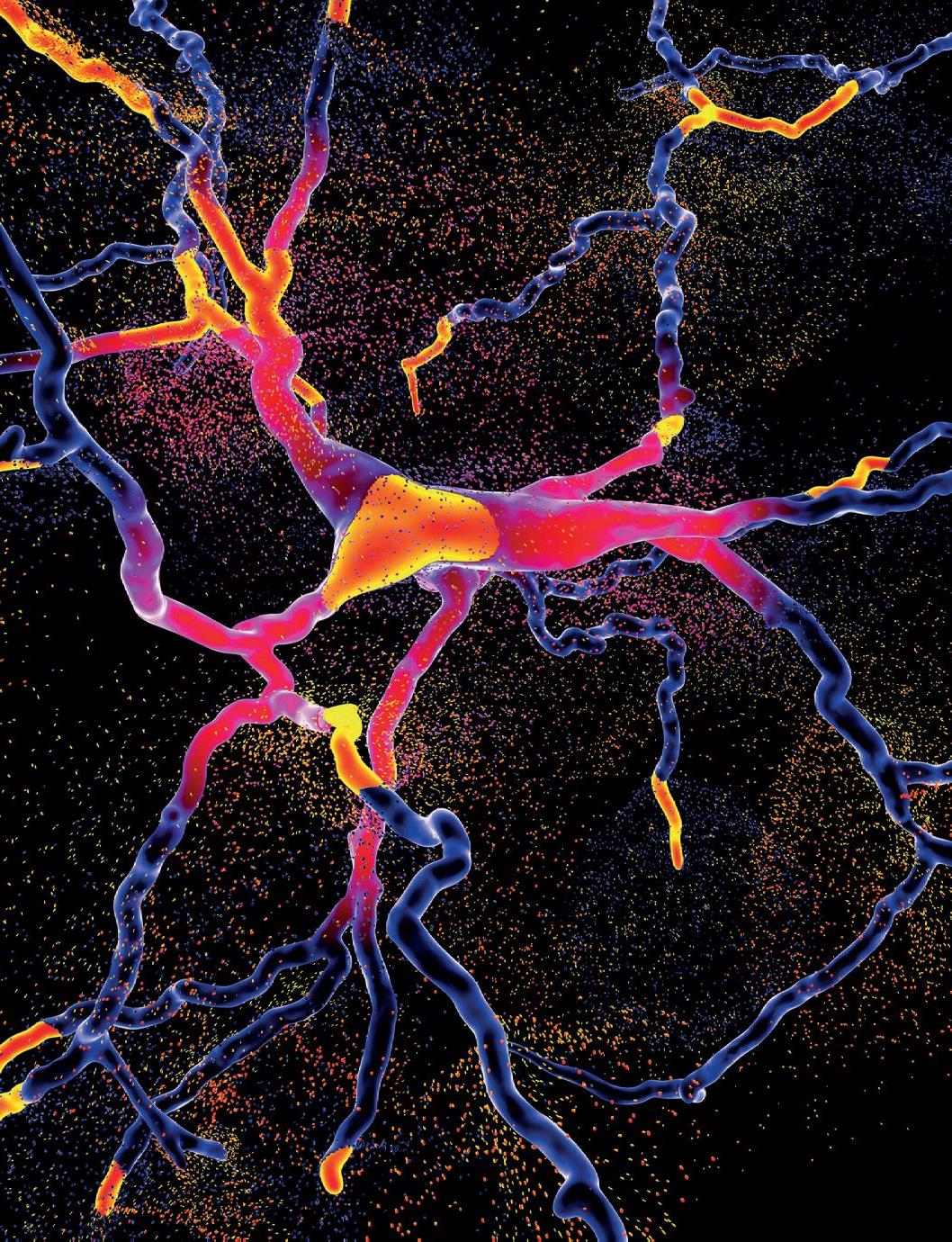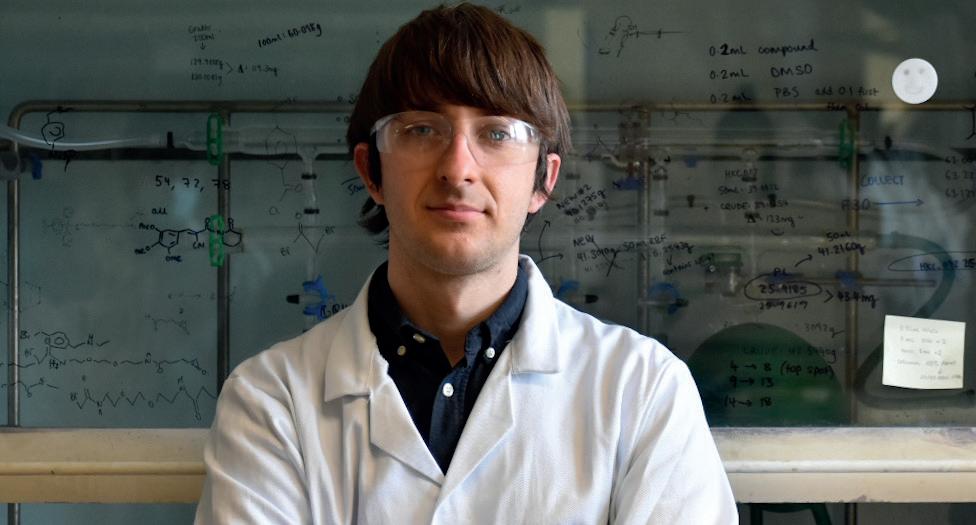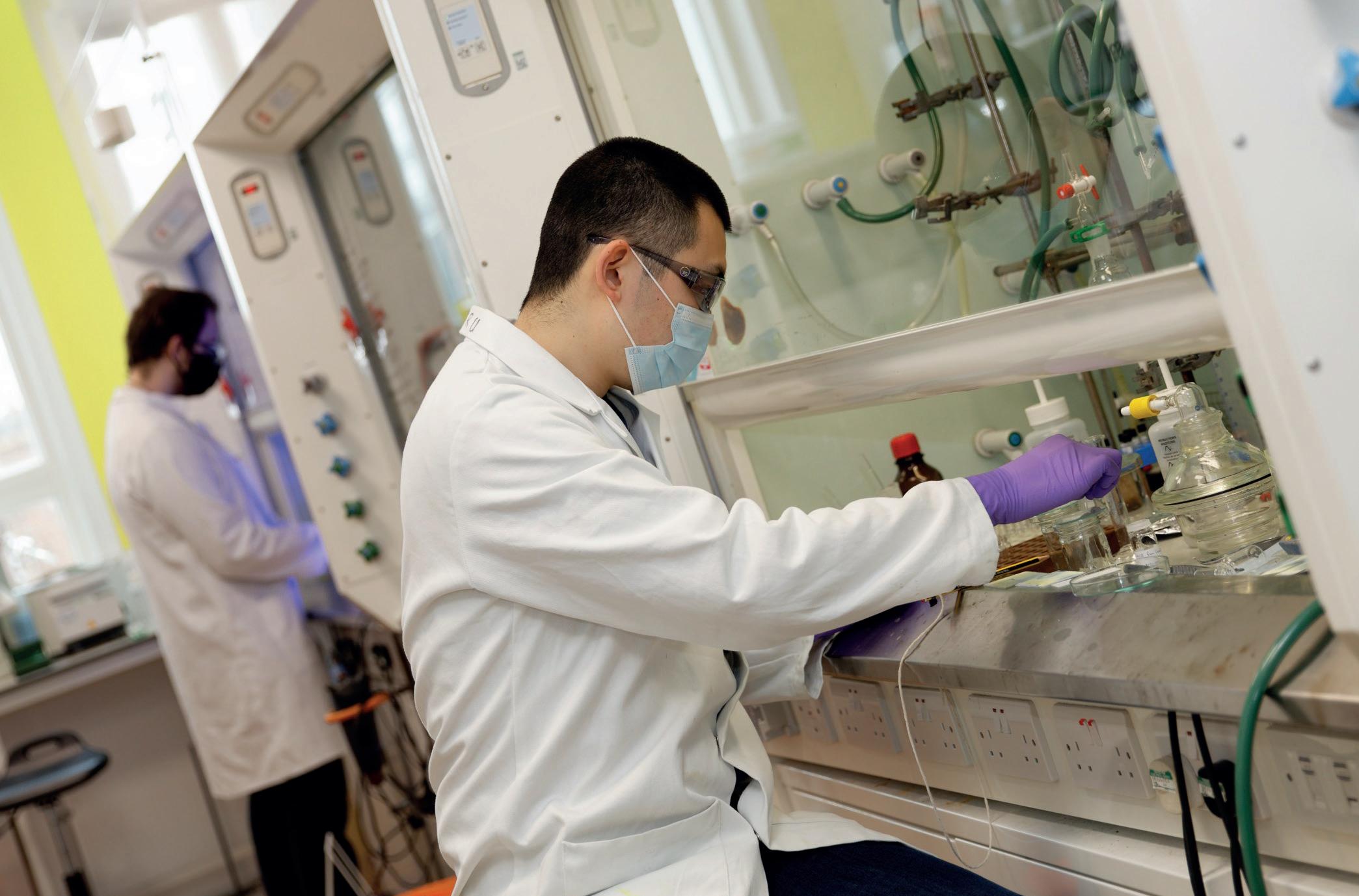
2 minute read
Investigating the origins of Parkinson’s Disease
from Chem@Cam Issue 62
Scientists in the Centre for Misfolding Diseases have identified the function of a ‘mystery protein’ that kills healthy brain cells of people with Parkinson’s disease.
3D illustration showing neurons containing Lewy bodies.
Kateryna Kon
The research presents compelling new evidence about what a key protein called alpha-synuclein actually does in neurons in the brain.
Dr Giuliana Fusco, a researcher in the Centre for Misfolding Diseases and lead author of the study, says: “If we want to cure Parkinson’s, first we need to understand the function of alpha-synuclein, a protein present in everyone’s brains. This research is a vital step towards that goal.”
Parkinson’s disease is a progressive neurological disorder that causes nerve cells in the brain to weaken or die. The disease has a variety of symptoms including tremors – particularly in the hands – gait and balance problems, slowness and extreme stiffness in the arms and legs. Parkinson’s develops when cells in the brain stop working properly and can’t produce enough dopamine, a chemical that controls movement in the body by a cting as a messenger between cells.
The disease mostly affects people over 60 and gets worse over a number of years, but early onset Parkinson’s can affect people even younger.

Dr Giuliana Fusco
It is not yet known why people get Parkinson’s, but researchers think it’s a combination of age, genetic and environmental factors that cause the dopamine-producing nerve cells to die, affecting the body’s ability to move.
“To cure Parkinson’s we need to understand the function of a protein present in everyone’s brains – this research is a vital step towards that goal.” Giuliana Fusco
The new study looked at what was going on inside healthy conditions to help pinpoint what is going wrong in the cells of people with Parkinson’s. All cells in the body have a plasma membrane that protects cells and usually transports nutrients in, and clears toxic substances out.
Fusco explains: “One of the top questions in Parkinson’s research is: ‘What is the function of alpha-synuclein, the protein that under pathological conditions forms clumps that affect motor and cognitive abilities?’ “Usually you discover a protein for its function and then you explore what is going wrong when disease strikes. In the case of alpha-synuclein the protein was identified for its pathological association but we didn’t know what it did in the neuron. Our research suggests that the alpha-synuclein protein sticks like glue to the inner face of the plasma membrane of nerve cells but not to the outer– a crucial new piece of information.”
The research was carried out by Dr Fusco and her colleagues in our Centre for Misfolding Diseases, in collaboration with researchers at the University of Naples “Federico II” and Imperial College, London.
There are treatments and drugs available to Parkinson’s patients and the disease isn’t fatal, but nothing is available to reverse the effects of the disease. “This study could unlock more information about this debilitating neurodegenerative disorder,” says Fusco.

Kateryna Kon
Degeneration of dopaminergic neuron, a key stage of development of Parkinson’s disease.
Reference The docking of synaptic vesicles on the presynaptic membrane induced by α-synuclein is modulated by lipid composition, Man, W.K., Tahirbegi, B., Vrettas, M.D., Preet, S., Ying, L., Vendruscolo, M., De Simone, A., and Fusco, G, Nat Commun, (2021), 12, 927.










